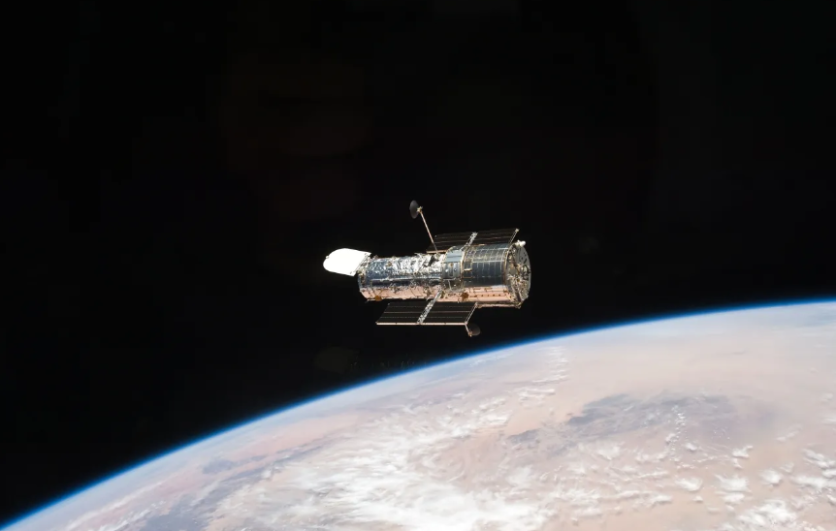NASA has provided an update on the status of the Hubble Space Telescope following a series of tests and a comprehensive evaluation of its operational options.
Can Hubble Space Telescope Continue With its Scientific Missions?
NASA announced on Tuesday that efforts are underway to shift Hubble Space Telescope's operations by using only one gyroscope (gyro). That comes after the telescope entered safe mode on May 24 and will remain in this state until the work is completed.
The new configuration is expected to enable Hubble to continue its mission of exploring the secrets of the universe, with most of its observational capabilities remaining intact.
It is worth noting that Hubble currently houses six gyros, but only three of them are still active. These gyros are crucial for estimating the telescope's slew rates and are integral to the system that identifies and controls the telescope's direction.
However, one gyro has returned faulty readings more frequently, prompting the space telescope to enter safe mode several times. This has halted scientific operations while awaiting new instructions from ground control.

Problematic Gyro
NASA noted that the problematic gyro is experiencing a condition known as "saturation," which shows the maximum slew rate value possible regardless of how fast the spacecraft is slewing.
While NASA's team has managed to reset the gyro's electronics to restore normal readings temporarily, the issue has persisted, resurfacing again in late May.
To address this, NASA is transitioning Hubble to a new operational mode. The telescope will function with only one gyro while keeping another in reserve for future use.
During the fifth and final space shuttle servicing mission in 2009, six new gyros were installed on Hubble. Three of these gyros remain functional, including the one currently experiencing issues.
Hubble typically uses three gyros for optimal performance. However, NASA assured it could continue its scientific observations with just one gyro.
This 20-year-old plan is seen as the best way to prolong Hubble's operational life and ensure it can still provide valuable scientific data with less than three functioning gyros.
NASA also noted that from 2005 to 2009, Hubble operated in a two-gyro mode. And in 2008, the one-gyro operations were tested for a short period, demonstrating that the quality of scientific observations remained unaffected.
Minor Limitations
Despite the switch to one-gyro mode, some minor limitations are bound to happen. Hubble will require more time to slew and lock onto its scientific targets, and its flexibility in observation points will be reduced.
Furthermore, it will be unable to track moving objects closer than Mars, though such targets are rare for Hubble. NASA said the transition will include adjusting the spacecraft and ground system and examining how this will affect future scheduled observations.
Once the telescope switches to one-gyro mode, the team plans to restart scientific operations by mid-June. Based on the latest calculations, officials expect Hubble to remain in orbit until at least 2035.
Related Article : NASA Hubble Space Telescope Unveils Breathtaking Image of Spiral Galaxy That Lies in Ancient Egyptian Queen's Hair

ⓒ 2025 TECHTIMES.com All rights reserved. Do not reproduce without permission.




